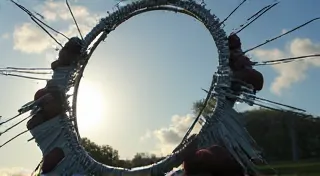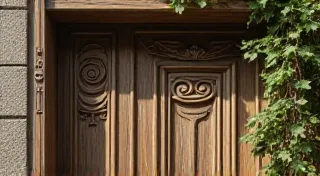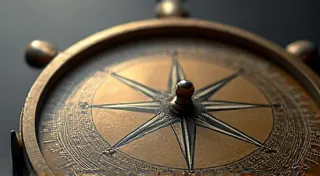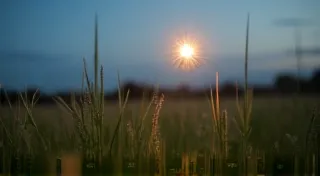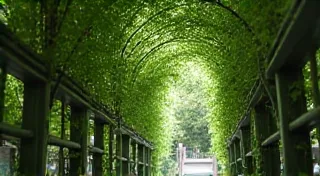Silent Sentinels: The Role of Elders in Preserving Dying Dialects
The world is shrinking. Not geographically, of course, but culturally. Globalization, while offering undeniable benefits, has also exerted a relentless pressure on local languages and dialects, pushing them towards silence. We’re witnessing a quiet erosion, a slow fading of voices that hold within them the history, humor, and wisdom of generations. Often, the last bastion against this linguistic oblivion resides not in classrooms or research labs, but in the memory – and the voices – of elders. They are the silent sentinels, the keepers of a heritage slipping through our fingers.
Think for a moment about the sound of an antique accordion. Not the polished, modern versions, but a seasoned instrument, its bellows worn soft, its keys chipped and faded. Each breath drawn across those reeds whispers stories of dances, celebrations, and the intimate connections forged between people. That accordion, in its own way, is a microcosm of a dying dialect. It's a tangible representation of a tradition, painstakingly crafted and passed down, now vulnerable to the relentless march of standardization.
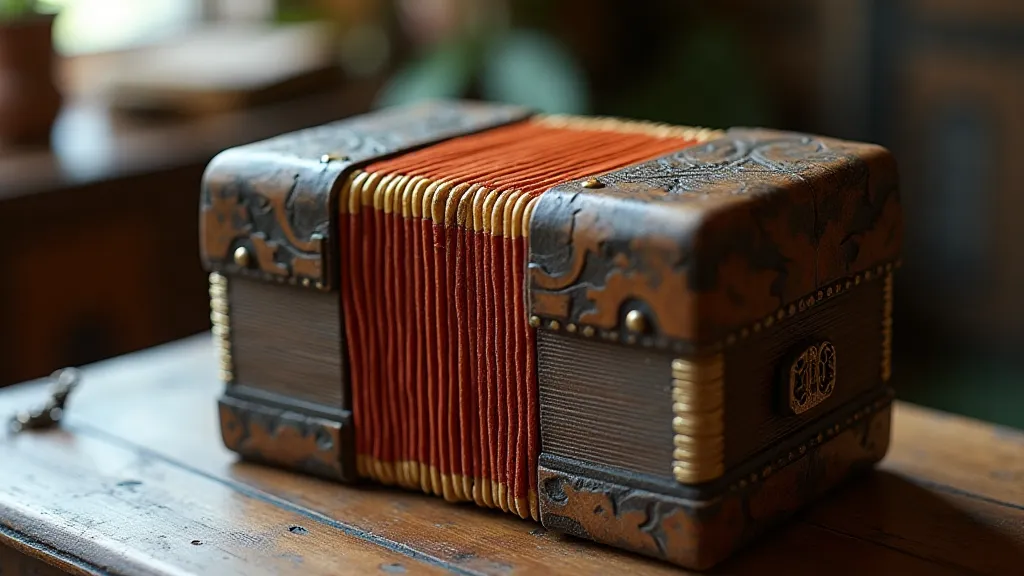
The Tapestry of Language: History and Loss
The story of dialect loss isn't a sudden tragedy, but a gradual unraveling. Historically, regional dialects thrived in relative isolation. Geographical barriers – mountains, rivers, vast plains – fostered unique linguistic developments. Communities developed their own idioms, pronunciations, and vocabulary, reflecting their specific environment and experiences. Think of the dense fog that birthed a specific word in a coastal community, or the subtle shifts in phrasing dictated by the rhythm of farm work. These nuances weren't merely variations on a theme; they were the theme itself. The influence of waterways on language development, for example, is profound; the way rivers shape communities often dictates how language converges or diverges. Exploring the ways waterways shape linguistic convergence and divergence offers a fascinating insight into this process.
The rise of mass media – radio, television, and now the internet – accelerated this process. The relentless barrage of standardized language, often originating from urban centers, eroded local forms. Children began to mimic the "correct" pronunciation they heard on television, gradually abandoning the dialect spoken by their grandparents. Educational systems, often prioritizing standardized language skills, further discouraged dialect use. The message was clear, albeit unspoken: dialect was a mark of backwardness, a barrier to social mobility. This isn’t about blame; it’s about understanding the complex interplay of social and economic pressures that shape language.
The Elder's Voice: A Living Archive
It's within this context that the role of elders becomes so critical. They are living archives, repositories of a cultural heritage that’s rapidly disappearing. They remember the stories told in the old dialect, the songs sung in a specific cadence, the jokes that rely on a particular turn of phrase. They’re not consciously preserving a language; they're simply living their lives, speaking the language of their upbringing. But in doing so, they are unknowingly safeguarding a vital piece of cultural identity.
My own grandfather, a farmer from a small Appalachian community, was a prime example. He rarely spoke in what I would consider “standard” English. His sentences were peppered with phrases and pronunciations unique to his region. As a child, I found it charming, even a little perplexing. I remember teasing him about his peculiar way of speaking. But as I grew older, I began to understand that his dialect wasn’t a deficiency, but a profound connection to his ancestors and the land they cultivated. Now, those phrases, once the subject of my childhood teasing, feel like precious fragments of a lost world.
One particular phrase, "reckon so," used as a casual affirmation, has stuck with me. It wasn't just a way of saying "I think so"; it carried a sense of groundedness, of connection to the rhythms of nature. It evoked images of him sitting on the porch, observing the weather, making predictions based on years of experience. That small phrase, now largely forgotten in his community, encapsulates a whole way of life.
Craftsmanship and Language: A Parallel Journey
There's a fascinating parallel between the preservation of dialects and the restoration of antique instruments, like that aging accordion. Both require a deep understanding of the original craftsmanship, a respect for the materials used, and a willingness to embrace the imperfections that tell a story. Just as a skilled restorer carefully cleans and repairs an antique accordion, avoiding the temptation to modernize it, linguists and cultural anthropologists must approach dialect preservation with a similar sensitivity. The goal isn't to create a sanitized, perfected version of the dialect, but to document and celebrate its authentic character.
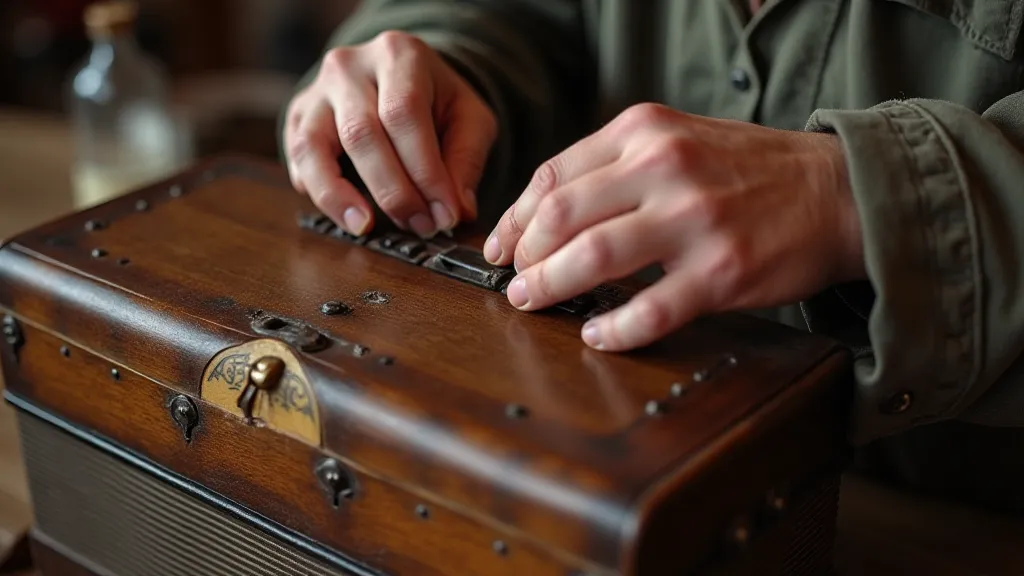
This involves meticulous documentation – recording conversations, transcribing stories, and analyzing grammatical structures. It also requires a willingness to engage with the community, to listen to their stories and to learn from their experiences. It’s not about imposing an external agenda; it’s about empowering the community to reclaim their linguistic heritage. Understanding how geographic features, and the human interaction with them, have shaped the boundaries of language is a complex endeavor. For a deeper look into mapping the unseen boundaries of local language, consider the way communities define and are defined by their unique speech patterns.
The homogenization of language is not merely a linguistic shift; it's a cultural phenomenon deeply intertwined with technological advancements and societal norms. The digital age, while offering unprecedented opportunities for connection, simultaneously presents a unique challenge to linguistic diversity. It’s easy to share and access standardized language online, but preserving the nuances of dialect often requires a more concerted effort. The way technology impacts the preservation – or even eradication – of regional speech is a critical area of study. Examining the role of technology in preserving or threatening regional speech reveals the powerful forces at play in the modern linguistic landscape.
Beyond Phrases: The Cultural Weight of Words
The loss of a dialect isn't simply the disappearance of words; it’s the erosion of a cultural memory. Each phrase, each pronunciation, carries a weight of history, a connection to the past that is irreplaceable. Consider the intricate relationship between farming practices and dialect. The vocabulary used by farmers often reflects their intimate knowledge of the land, the seasons, and the challenges of cultivating crops. These words aren't just descriptive; they're a repository of practical wisdom, passed down through generations.
Similarly, the songs and stories told in a dialect often contain subtle nuances that are lost in translation. The rhythm of the language, the cadence of the voice, the particular turns of phrase—all contribute to the emotional impact of the narrative. When a dialect disappears, these nuances are lost forever, leaving a void in the cultural landscape.
The Ripple Effect: Impact on Identity and Community
The decline of a dialect can have a profound impact on the identity and sense of community within a region. When people stop speaking their traditional language, they lose a vital link to their heritage. This can lead to feelings of alienation, a sense of disconnection from their roots. The loss of a shared language can also erode the social fabric of a community, making it more difficult for people to connect with each other and share their experiences.
However, it's important to acknowledge that the relationship between dialect and identity is complex. For some individuals, speaking a non-standard dialect can be a source of pride and empowerment. It can be a way of asserting their unique identity and challenging the dominant culture. The key is to create a society that values linguistic diversity and allows people to speak their language with dignity and respect.
The Future of Dialects: Hope and Resilience
The decline of dialects is a tragedy, but it's not inevitable. There's a growing recognition of the value of linguistic diversity, and a renewed interest in preserving local languages and dialects. Younger generations are starting to embrace their heritage, recording their grandparents' stories and creating online resources to share their dialect with the world. There’s a burgeoning movement to incorporate dialect into educational curricula, to celebrate the richness and complexity of regional languages.
This resurgence of interest is driven by a growing awareness of the importance of preserving cultural heritage. People are realizing that dialects are not just quirky variations on a theme; they are vital pieces of the puzzle that make up our human identity. They are windows into the past, offering unique insights into the lives of our ancestors and the challenges they faced.
It's a race against time, but there’s still hope. The silent sentinels – the elders – remain the key. Their voices, though increasingly fragile, still resonate with the wisdom and the beauty of generations past. We must listen to them, learn from them, and celebrate their legacy. We must remember that a dialect is more than just a way of speaking; it's a reflection of who we are, where we come from, and the stories that define us. It's a vital part of our human heritage, and it's worth fighting to preserve.

